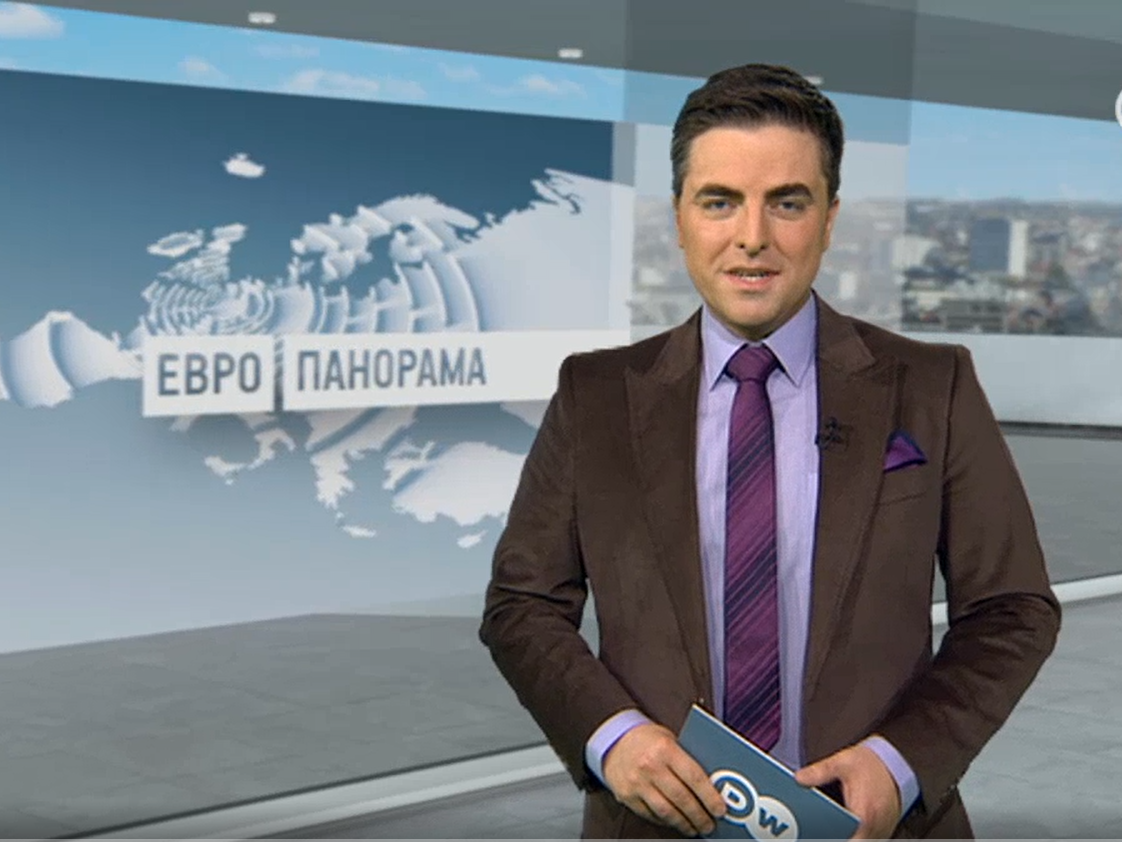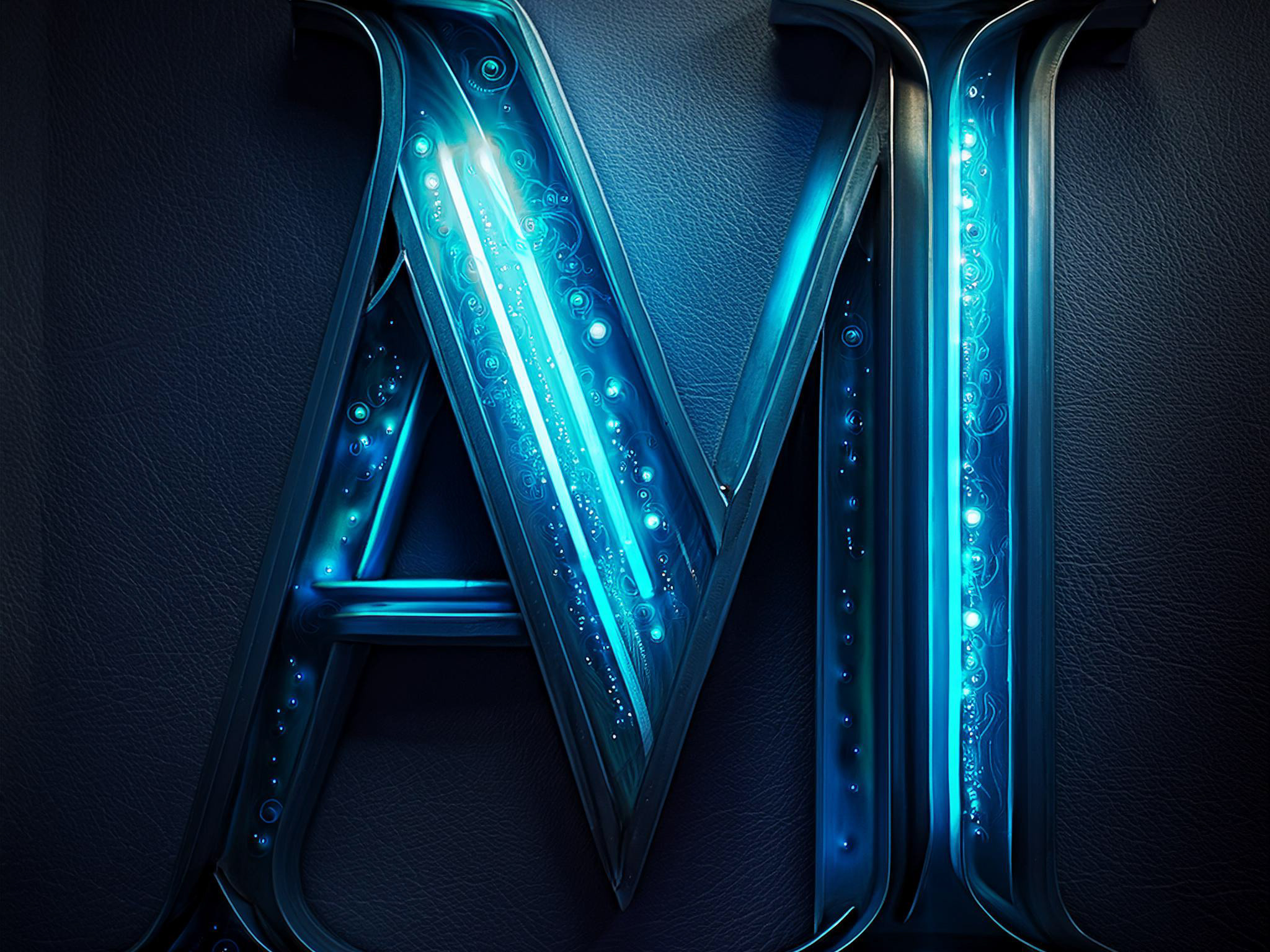This project was completed as part of the concluding assignment for the initial phase of advanced training in 3D modeling and animation using Cinema4D, conducted at the Wildner Academy for Digital Economy & Management. The video created serves solely as an academic requirement to fulfill the grading criteria and is not intended for commercial use. It narratively showcases the story of the Ohrid pearls.
The video was produced for the final grade following an advanced training program at Wildner Academy, focusing on 3D modeling, animation, and visual production. A range of standard tools in the media industry were used in its creation, including Cinema 4D, Adobe Premiere Pro, Adobe After Effects, Adobe Illustrator, and Google Earth Studio. The project was developed under the auspices of the Wildner Academy for Digital Economy and Management and is intended exclusively for educational evaluation with no commercial objectives.
Here is one of two videos, for which I did the animations and the video editing. On this project, supported by the British Embassy in Skopje and the Institute of Communication Studies, I have collaborated with my colleague Suzana Miceva. Our focus in this video is on children, up to the age of 10, who are faced with news articles. Our message, which we wanted to spread, is:
Always ask yourself if what you see or read is true; check if what is written is in other mean stream media; consider whether extremely vivid colors, inappropriate proportions, or edited photos are intended to attract your attention or make you feel bad; and are the headlines, photos, and videos on the Internet deliberately presented in a form that forces you to click them? If you're in doubt about a photo or video, check if it was posted a long time ago in a different context using, for example, Google Lens, and if what you're seeing on them corresponds to the weather conditions on that day. Avoid clickbait headlines, which aim to collect clicks and sell commercials rather than offering real information.
Always ask yourself if what you see or read is true; check if what is written is in other mean stream media; consider whether extremely vivid colors, inappropriate proportions, or edited photos are intended to attract your attention or make you feel bad; and are the headlines, photos, and videos on the Internet deliberately presented in a form that forces you to click them? If you're in doubt about a photo or video, check if it was posted a long time ago in a different context using, for example, Google Lens, and if what you're seeing on them corresponds to the weather conditions on that day. Avoid clickbait headlines, which aim to collect clicks and sell commercials rather than offering real information.
When teenagers come into contact with media content, they need to think about how it affects them. There are often photoshopped photos on the Internet and in print media outlets. When "news" is the photo or video, check if that image or video has already been published in another context and if the location and weather conditions match what is claimed. This can be done, for example, through the Google Lens search option or through satellite images on Google Maps. Often, influencers make claims without saying or emphasizing in the post description that they have been paid to do so. Avoid offensive headlines on the Internet, which only aim to get you to click and open an article, which in the end does not give you the full information stated in the headline. Such clickbait headlines aim to collect clicks and sell space on the webpage for marketing. Therefore, check different sources and established media before believing any information. Also check the comments under a post, where the truth about the reliability of what is written is often presented. Recognize fake profiles and bots, which aim to spread misinformation or defocus real information. Be especially careful on social networks.




